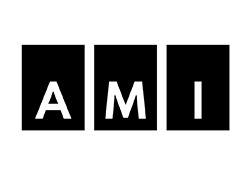Blind Hockey Point System
The point system for Blind Hockey is similar to what is used in Wheelchair Rugby or Standing Amputee Hockey. To ensure a fair game that is determined by skill and performance rather than level of vision, each team may have a maximum of 14 points on the ice at any given time. All goalies must be classified as B1 – completely blind.
Each player is assigned a point value based on their visual classification – 3 points for a B3, 2 points for a B2, and 1 point for a B1. At full strength, teams may have only a maximum of 14 points distributed on the ice at any time including their goalie.
B3 players will be identified by wearing black helmets, B2 players will be identified by wearing white helmets, and B1 skaters will be identified by wearing red helmets. Similar to “Too Many Players on the Ice,” there is a minor penalty for “Too Many Points on the Ice.” Any time a team takes a penalty, in addition to losing a player the team loses three (3) points per penalty during the penalty kill, and therefore can only ice a maximum of eleven (11) points if shorthanded one player, and a maximum of eight (8) points if shorthanded two players.
Common examples include:
- 3 X B3 players & 2 X B2 players & 1 X B1 goalie
- 4 X B3 players & 1 X B1 player & 1 X B1 goalie
- 3 X B2 players & 2 X B3 players & 1 X B1 goalie (Under the maximum but allowed)
NOTE: This maximum does not apply when a team pulls their goalie for an extra attacker. The extra attacker may be a B3 player which makes the maximum points on the ice 16 points in the event of an empty net at even strength.
The point system ensures not only that both teams have approximately the same level of vision, but also that there are roles on the team for strong players of all different sight classes. All goalies must be classified as B1’s.








